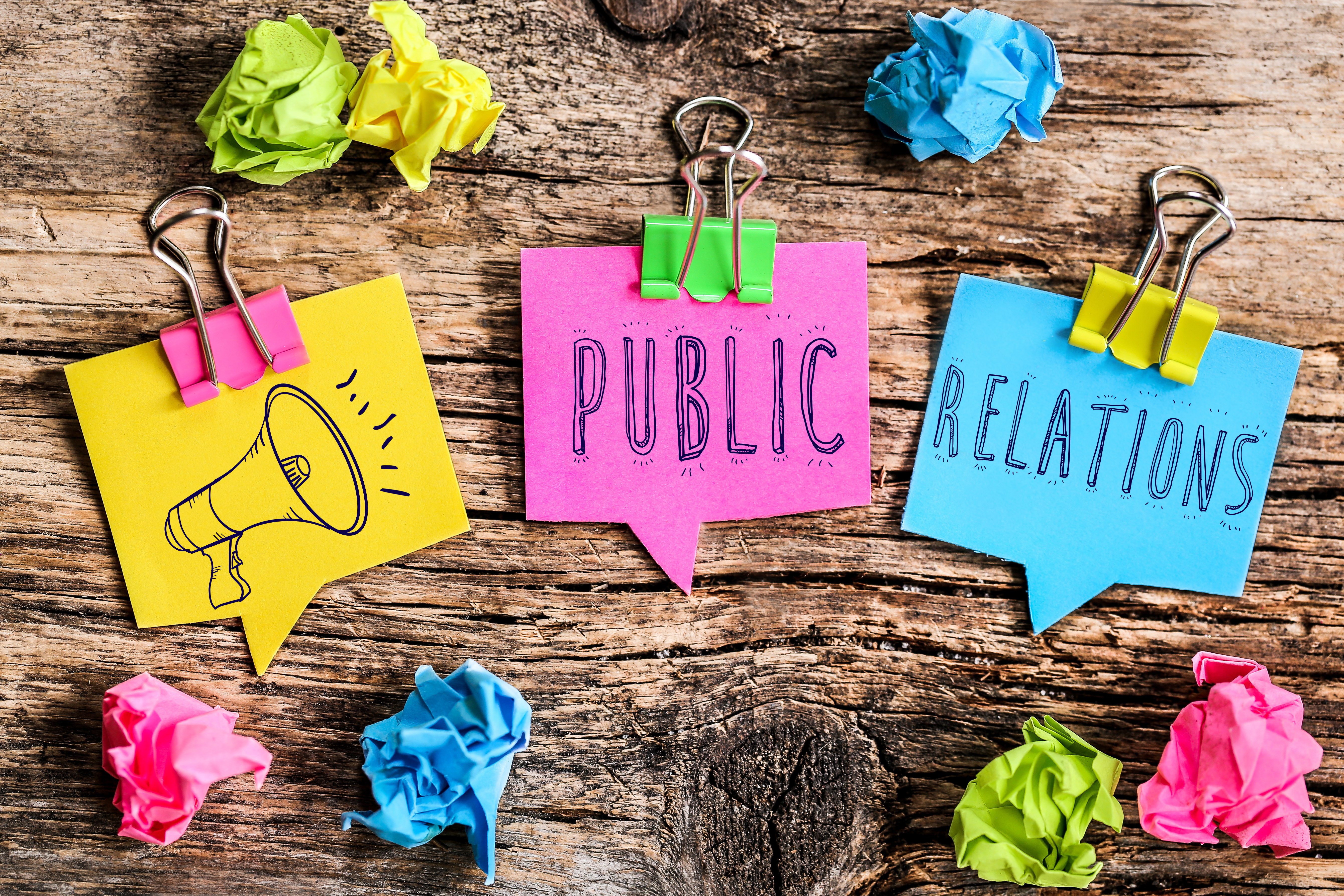Understanding Public Relations
Public relations (PR) – it’s a term used frequently in business these days as companies and non-profit organizations of all sizes work to stretch their budgets, especially in today’s challenging economic environment. Many, however, lack a firm grasp of what public relations encompasses and how best to use it.
The American Heritage Dictionary defines public relations as “the art or science of establishing a favorable relationship with the public.” Merriam-Webster states it is “the business of inducing the public to have understanding for and goodwill toward a person, firm or institution.” As the term so clearly indicates – it is about relationships … with the public.
The “public” may be a variety of audiences – anyone who has an interest in the organization. Depending on the type of organization this can be employees, investors, donors, community members, and even the media. Rapport is built with the various stakeholders to enhance or maintain a positive image for an organization.
While PR is often confused with advertising, the two are quite different. Advertising is the use of paid placements to sell a product or service. PR uses publicity, exposure that does not require payment, in third-party media outlets to create news or items of public interest. These placements add a third-party legitimacy that advertising lacks.
So, who wouldn’t like free placement of stories about your product or service? How do you make it happen?
Generate publicity. Create news stories. One of the PR practitioner’s primary tools is the news release. Tell your local media about what’s going on with your business. Have you signed a client? Hired a new employee? Has the company received an award or hit a milestone?
Be sure the story is timely and news-worthy, not an advertisement in disguise. Remember the 5 Ws – who, what, when, where, why. Whenever possible, include a quotation from someone connected to the story and be sure to include a high resolution photo jpg to accompany the story. Attach the news release as a word document to make it easier for the editor or reporter to use it.
Other basics in the PR toolbox include special events (ground-breakings, ribbon-cuttings), public speaking engagements (reach out to your local Rotary club or other civic organizations), and community service and support (sponsor a non-profit event, volunteer at a fundraiser). Then, use a news release to tell the story of what you’re doing. Invite the media to attend. If they can’t, send a wrap-up news release afterward, along with a photo from the event.
Most importantly, remember PR is about relationships. Build rapport with your stakeholders – attend events, get involved. And take time to get to know the reporters and editors representing the media outlets that are key for your business. A well-placed pick-up of a news release can be a boon to your business, giving you public exposure and goodwill that you’d be unlikely to duplicate with paid advertising – at a fraction of the price.


 Go Back
Go Back